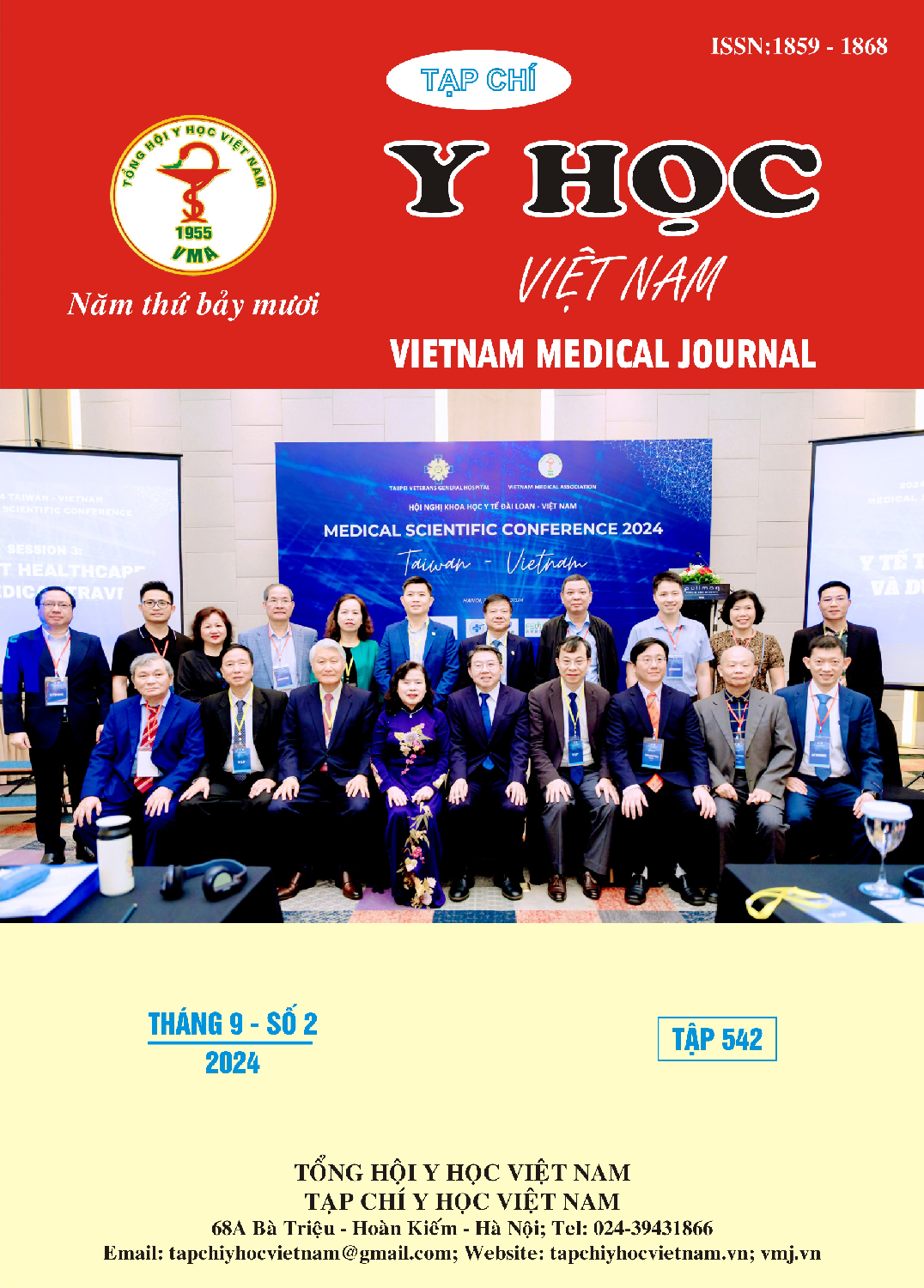THE ACCURACY OF STATIC AND DYNAMIC IMPLANT PLACEMENT TECHNIQUES IN POSTERIOR EDENTULOUS PATIENTS: A SPLIT-MOUTH STUDY
Main Article Content
Abstract
Objective: To compare the accuracy and patient’s satisfaction between two implant placement techniques: static computer-assisted implantology (SCAI) and dynamic computer-assisted implantology (DCAI) in the posterior edentulous region. Materials and Methods: A split-mouth study was conducted on 10 patients with missing posterior teeth in mandibular. Each patient received implants on both sides of the jaw using two different techniques (SCAI and DCAI). The deviations of the placed implants and the planned positions were measured using coDiagnostiX software. A questionnaire was used to assess patient’s satisfaction with the two techniques. The data were collected and analyzed using SPSS 22.0 software. The median and interquartile range (IQR) were used for analysis, and the Wilcoxon Signed-Rank test was applied. Results: The study found no statistically significant differences between the two techniques (SCAI and DCAI) in terms of angular deviation, 3D coronal and apical deviations, and most component deviations at the coronal and apical levels of the implants, except for the buccal deviation at the apex. The buccal deviation at the apex between the SCAI and DCAI groups was statistically significant (p<0.05) with a median of -0.41mm (IQR:-1.1 to 0.07) and 0.19mm (IQR:-0.1 to 0.75), respectively. There was no difference in pain perception 3 days post-treatment between the two techniques. However, patients reported more jaw fatigue with the DCAI group compared to the SCAI group, while they were more satisfied with the treatment duration in the SCAI group than in the DCAI group. This difference was statistically significant (p<0.05). Conclusion: Both SCAI and DCAI techniques provide high accuracy in posterior implant placement, nevertheless there are significant differences in jaw fatigue and patient’s satisfaction with treatment time between the two techniques.
Article Details
Keywords
Dental implants, static guidance, dynamic guidance, accuracy, patient satisfaction.
References
2. Arisan V, Karabuda CZ, Mumcu E. Implant positioning errors in freehand and computer-aided placement methods: a single-blind clinical comparative study. Int J Oral Maxillofac Implants. Jan-Feb 2013;28(1):190-204. doi:10.11607/jomi.2691
3. Block MS, Emery RW. Static or Dynamic Navigation for Implant Placement-Choosing the Method of Guidance. J Oral Maxillofac Surg. Feb 2016;74(2):269-77. doi:10.1016/j.joms.2015.09.022
4. Widmann G, Bale RJ. Accuracy in computer-aided implant surgery--a review. Int J Oral Maxillofac Implants. Mar-Apr 2006;21(2):305-13.
5. Jorba-Garcia A, Gonzalez-Barnadas A, Camps-Font O. Accuracy assessment of dynamic computer-aided implant placement: a systematic review and meta-analysis. Clin Oral Investig. May 2021;25(5):2479-2494. doi:10.1007/s00784-021-03833-8
6. Kaewsiri D, Panmekiate S, Subbalekha K. The accuracy of static vs. dynamic computer-assisted implant surgery in single tooth space: A randomized controlled trial. Clin Oral Implants Res. Jun 2019;30(6):505-514. doi:10.1111/clr.13435
7. Kessler A, Le V, Folwaczny M. Influence of the tooth position, guided sleeve height, supporting length, manufacturing methods, and resin E-modulus on the in vitro accuracy of surgical implant guides in a free-end situation. Clin Oral Implants Res. Sep 2021;32(9):1097-1104. doi:10.1111/clr.13804
8. Jaemsuwan S, Arunjaroensuk S, Kaboosaya B. Comparison of the accuracy of implant position among freehand implant placement, static and dynamic computer-assisted implant surgery in fully edentulous patients: a non-randomized prospective study. Int J Oral Maxillofac Surg. Feb 2023;52(2):264-271. doi:10.1016/j.ijom.2022.05.009


